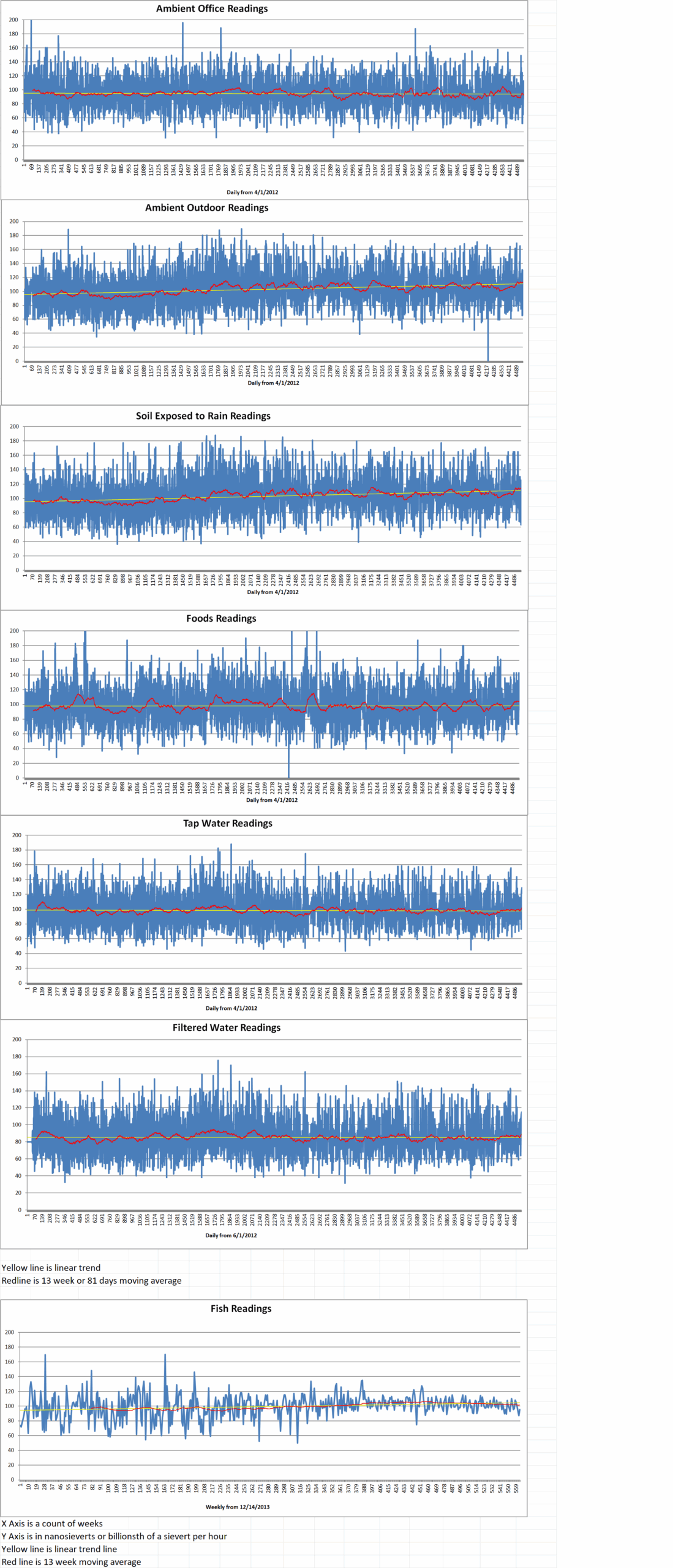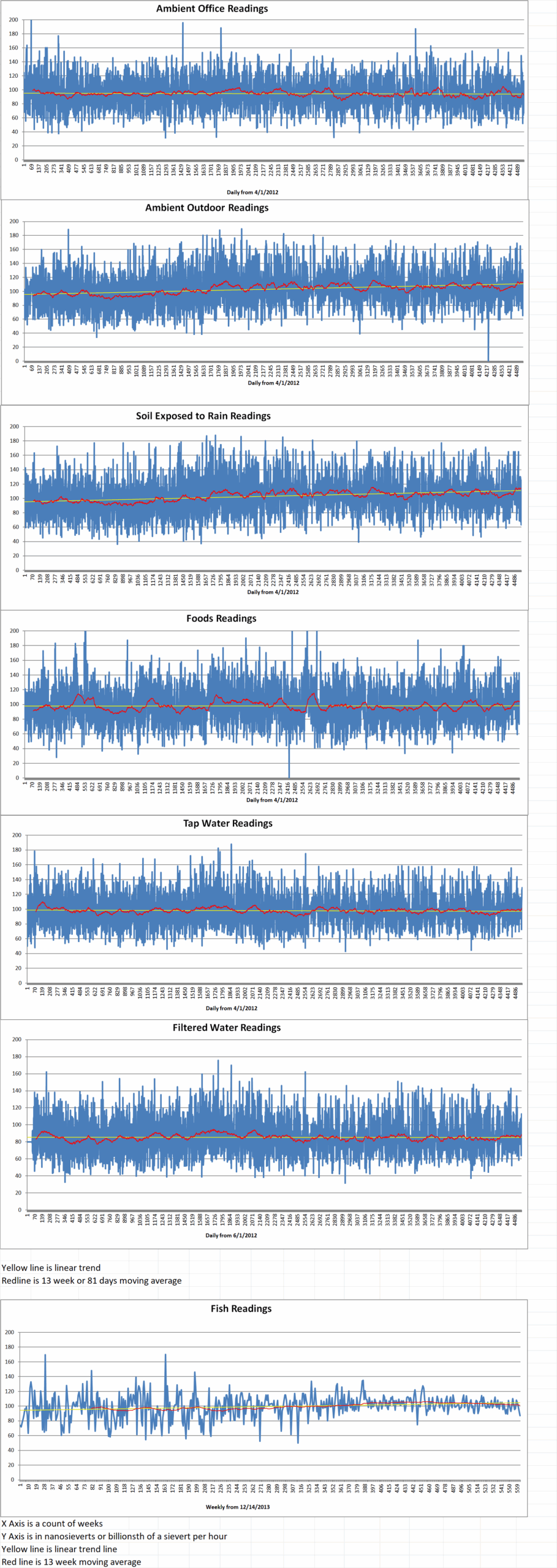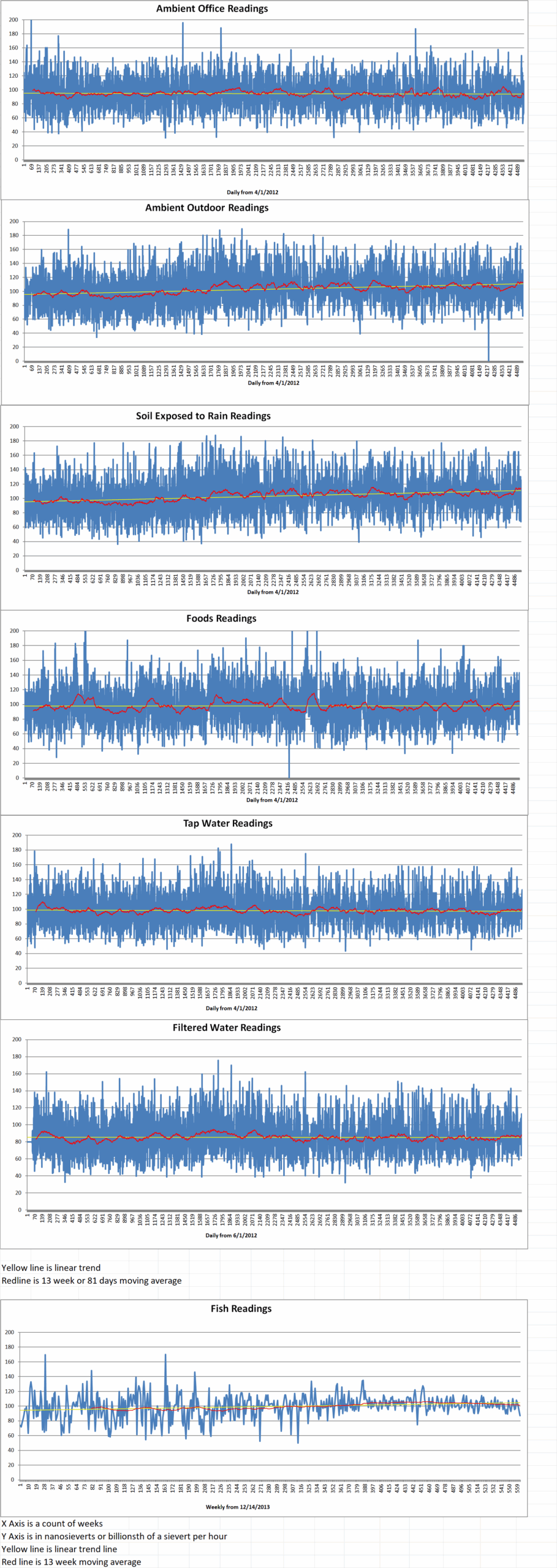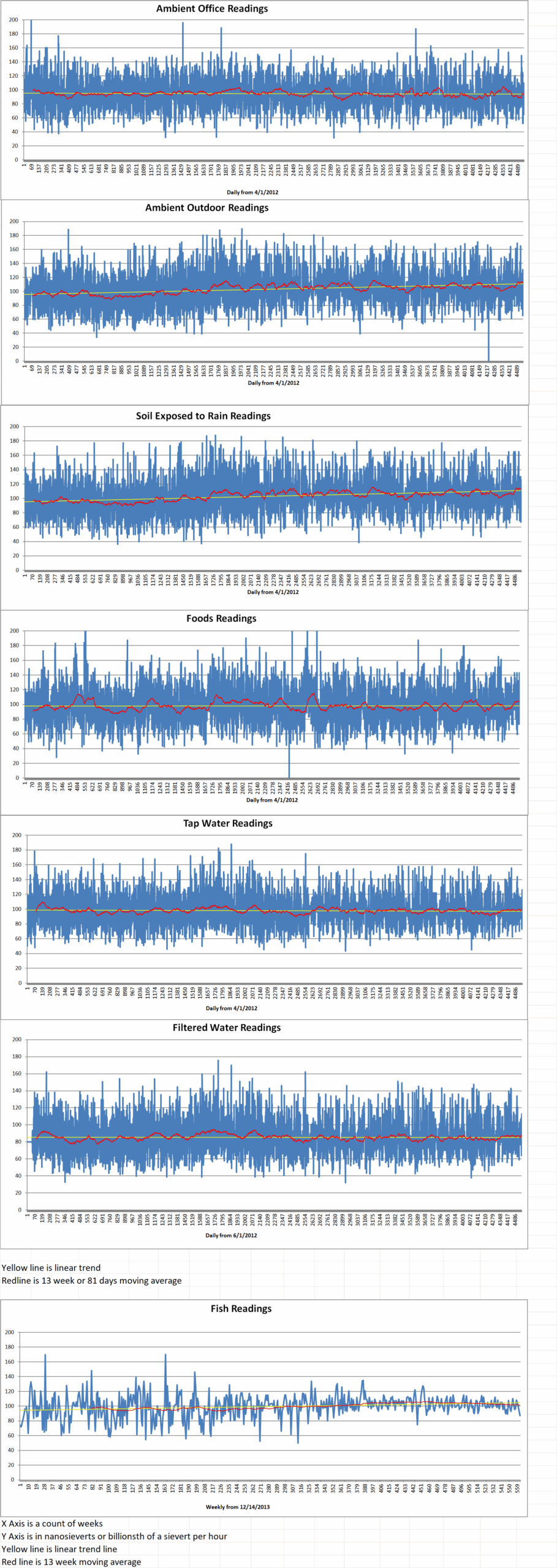A consortium led by the Korea Atomic Energy Research Institute has been awarded a ten-million-dollar contract by the University of Missouri for the design and licensing of its planned new research reactor.
The University of Missouri launched an initiative in March 2023 to construct a new, larger research reactor, NextGen MURR. The university’s existing MU Research Reactor has been in operation for more than half a century. It is the highest-powered university research reactor in the U.S. and is currently the country’s only producer of certain medical radioisotopes.
The Korea-U.S. University of Missouri Research Reactor Consortium is comprised of the Korea Atomic Energy Research Institute, the Hyundai Engineering Company, Hyundai Engineering America and U.S.-based engineering firm MPR Associates. It has been contracted for the design studies phase to develop the ‘roadmap’ for the new reactor.
The new Consortium project will include detailed programming studies and a preliminary site evaluation. It will create an initial project cost and schedule estimate for the entire site. This project is expected to take approximately six months to complete. The results of the studies and site evaluation will be integrated into the preliminary design and licensing phase under a separate contract. The conceptual design of the reactor is expected to be finished by the end of 2026. The total project is expected to take eight to ten years.
The university’s existing research reactor is called MURR. It was originally constructed as a five megawatts thermal reactor, and began operations in 1966. Its power was increased to ten megawatts thermal in 1974. It now operates six-and-a-half days per week, all year. The reactor is currently the only producer in the U.S. of the medical isotopes yttrium-90 which is used for the treatment of liver cancer; molybdenum-99 which is for analysis of heart functions; iodine-131 which is used for treatment of thyroid cancer; and lutetium-177 which is used for treatment of pancreatic and prostate cancers.
The new twenty megawatts NextGen MURR research reactor will expand the current capabilities of MURR and address new innovative demands such as cancer treatment. The university stated that the new reactor and supporting infrastructure will be the largest capital investment in its history. The investment will “position Missouri as a national hub for innovation, investment and manufacturing in nuclear health technologies”.
Mun Choi is the President of the University of Missouri. H said, “This is a historic moment for our university, our state and the future of nuclear science and medicine. NextGen MURR represents our commitment to research that changes lives. It will allow Mizzou to lead the nation in producing critical medical isotopes while opening new frontiers in science, engineering and patient care.”
Todd Graves is the chair of the University’s Board of Curators. He said, “The Board of Curators is proud to support this bold step forward. NextGen MURR is more than a reactor – it’s an engine of progress. It will enhance Missouri’s role as a leader in nuclear science, medical research, economic development and education for generations to come.”
University of Missouri Research Reactor Consortium






